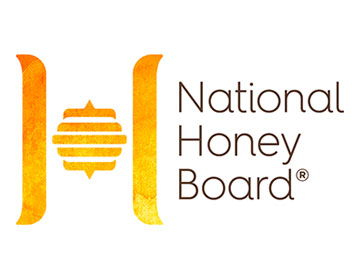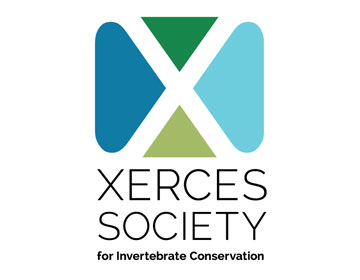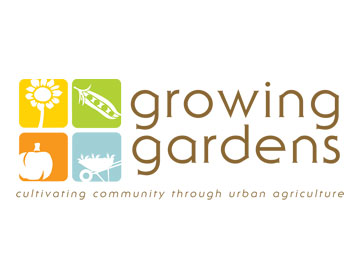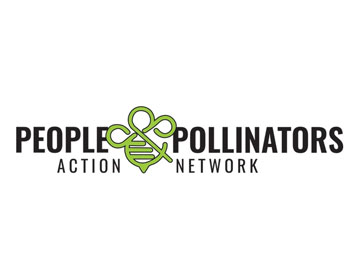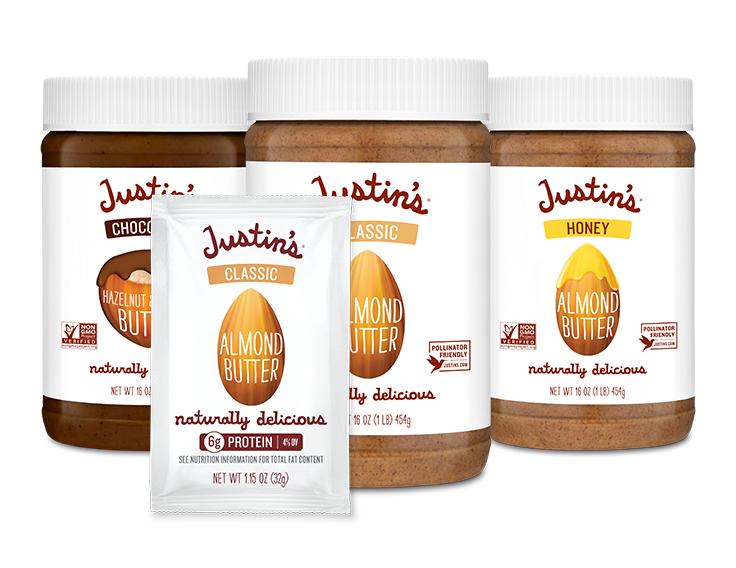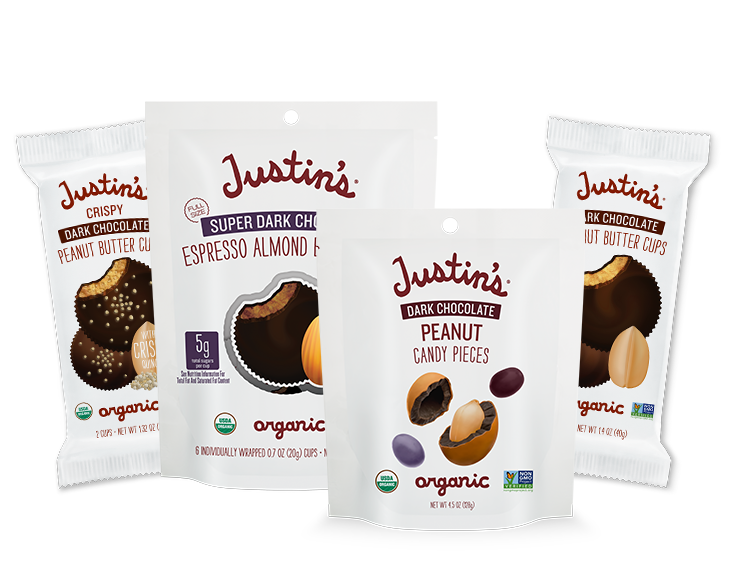HELP JUSTIN’S® HELP THE BEES (TO HELP YOU).
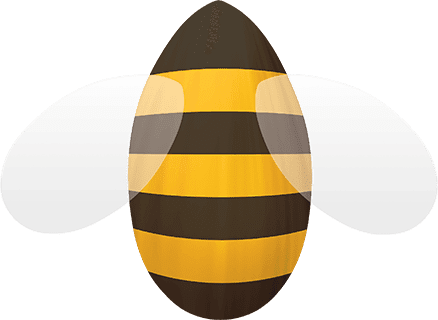
This is a honey bee. Well, really, it’s more like a honey-almond-and-like-a-hundred-other-things-bee. After all, these buzzy little buddies are responsible for pollinating roughly 1 out of every 3 bites of food we eat.* That includes many things I put in my nut butters and treats we love so very, very much.
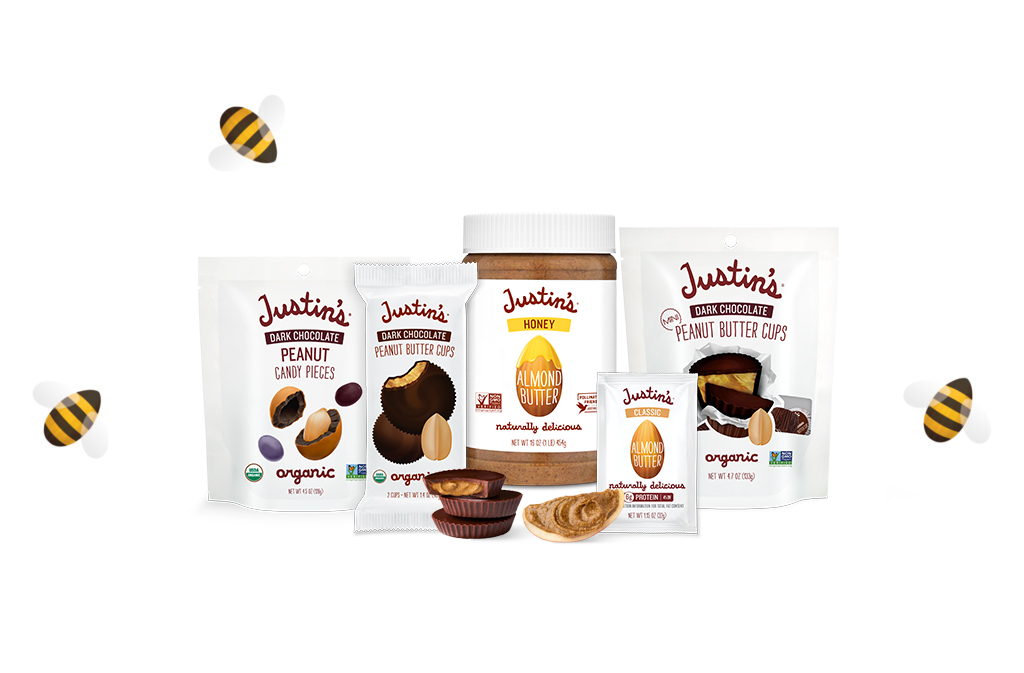
That makes it pretty not cool that due to a combination of pesticides and habitat loss, honey bee colonies are dying off at a rate of 39% per year.** Without bees, and pollinators like them, there would BEE no JUSTIN’S® products. So for the love of peanut butter cups, I’m asking you to help me help the bees, so they can keep helping us make nut butters and other delicious treats for you.
SO MANY WAYS TO HELP (THE BEES)
For years, JUSTIN’S® has been working with national, state and local organizations to protect pollinators through habitat conservation and expansion, sustainable agriculture, research and education. Take a look at our partners below to see how JUSTIN’S® is making an impact and how you can join us in taking action. Look out for the new pollinator-friendly badge on our product packaging, showcasing our commitment to protecting our buzzy little buddies.
The National Honey Board promotes responsible industry practices to ensure the honey consumed every day is trustworthy and pure. They work with Project Apis m. on honey bee research projects designed to help honey bees and educate people about pollinator-friendly plants.
The Xerces Society for Invertebrate Conservation is an international nonprofit that protects the natural world through their conservation efforts of invertebrates and their habitats. You can help their mission by joining one of their community science projects, becoming a member, or learning all about pollinators through their informative blogs, public events, and online webinars.
Growing Gardens has brought regenerative agriculture education and food donations to Boulder County residents for over 25 years. They provide plenty of ways to get involved, including events, volunteer opportunities and scholarships.
WHAT IN THE NUTS IS POLLINATION, ANYWAY?
Scientists explained this to me with big words, but here’s pretty much what I remember. When a mommy plant and a daddy plant love each other very much, they’ll decide to make food together. But since daddy plants are especially shy, honey bees are kind of their wingman.
Is all this bee talk making you hungry?
Me too. Click below to find where you can taste our bee-made nut butters and treats near you.

